On Sunday morning, the streets of Nor Armavir are empty and almost silent. The first is the modernist style building that catches our attention. It is the House of Culture of New Armavir.
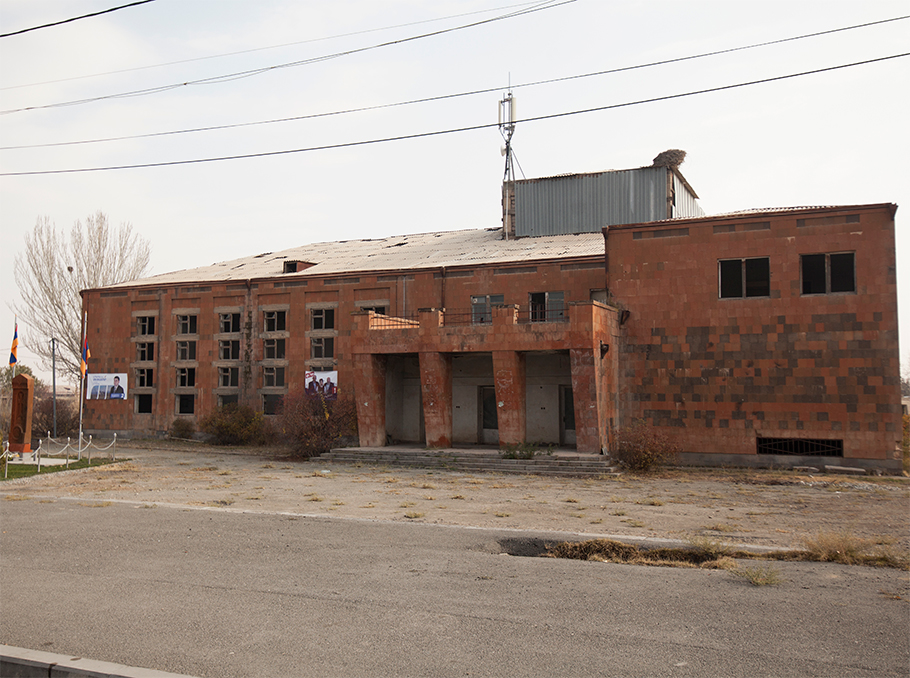 Nor Armavir House of Culture
Nor Armavir House of CulturePhoto: Simon Hamayakyan’s archive
We park near the community office building on the opposite side of which is a beautiful residential house. While we were studying it, a red taxi with a woman driver stops in front of the house, a woman gets out of the car, approaches the house and returns in a few minutes. Before we can reach these two women the car drives away.
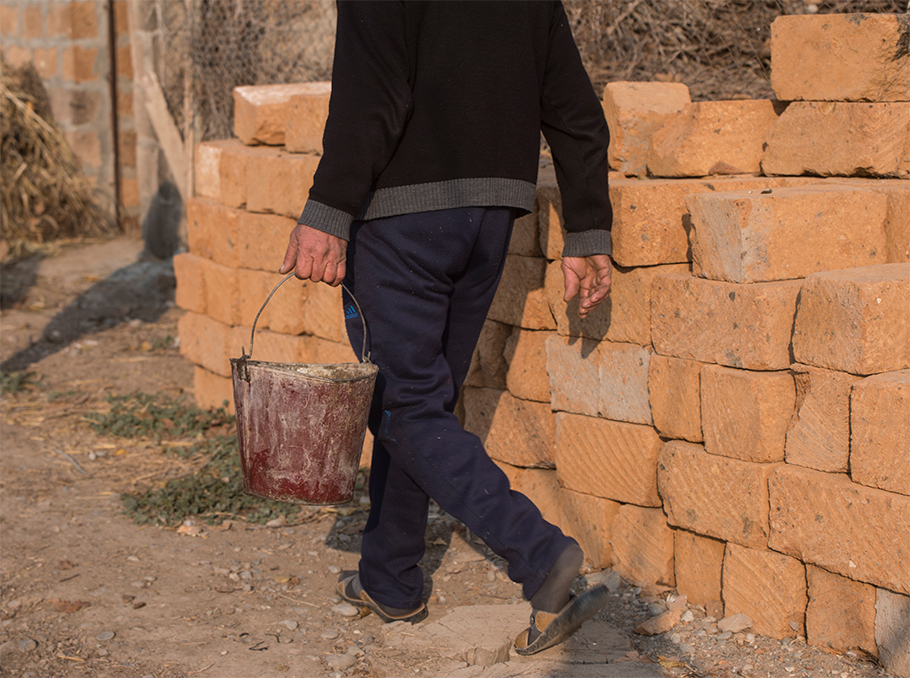
Photo: Mediamax
The gate of the house opens again, a white-haired man comes out with a bucket in his hand and heads to the building next to the house, from partially opened door of which steam was coming out.
The man greets us with a hoarse voice and enters the building, we follow him. Four big eyes are shining through the darkness. Seeing their owner the calves become lively. The man empties the bucket and goes out.
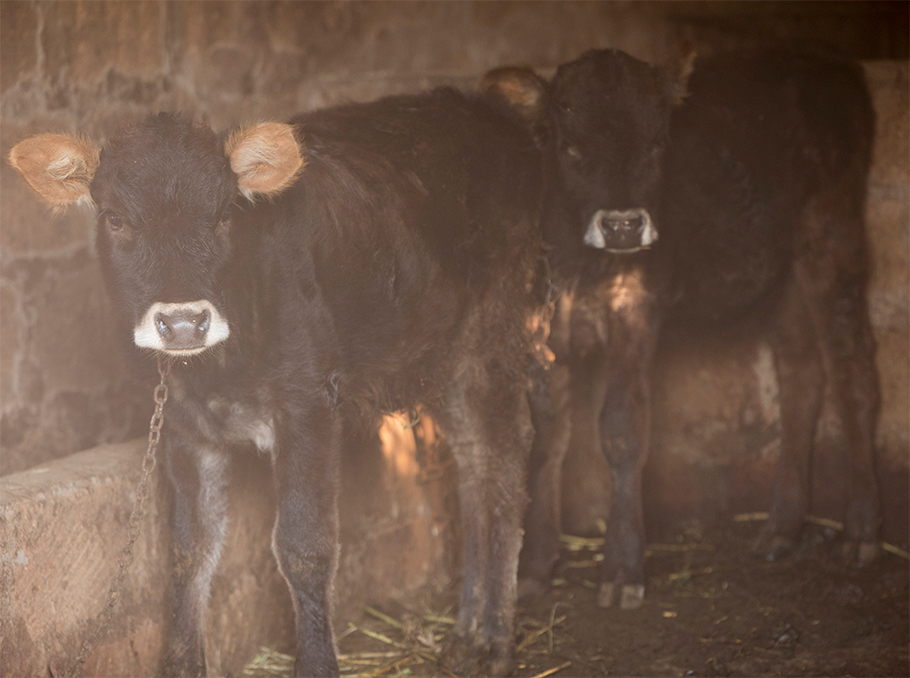
Photo: Mediamax
- What are you doing now? – I am trying to break the inconvenient silence with similarly inconvenient question. The man immediately understands the situation and uses tactics.
- I am waiting for you to go, for me to clean the barn, - he laughs with the same hoarse voice.
Mnatsakan is 65, he has 3 sons, the middle-aged lives next door, the other with the parents and the third one in Armavir (Hoktemberyan).
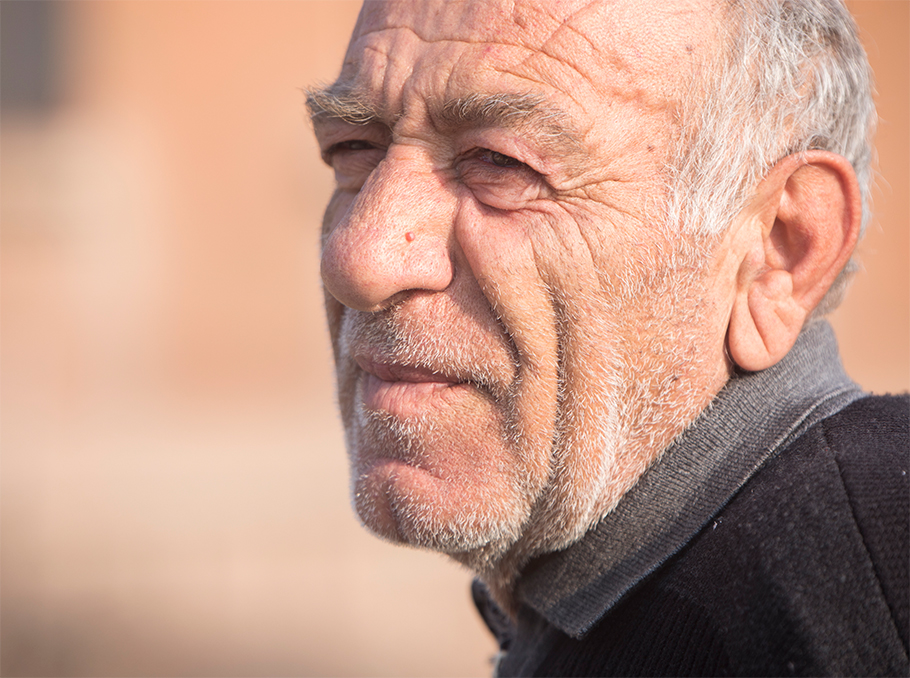
Photo: Mediamax
- My wife is mainly doing housework. I have been working in an iron foundry for 42 years. One of my sons was a contract border guard for 20 years, he has retired now. The other two sons are earning money by working abroad. We have gardens, we are not engaged in cattle-breeding, we are keeping just a few animals to eat the meat. People in the village are mainly dealing with agriculture and gardening. This year for example there were some difficulties with the grape, the plants that were purchasing the grape from us closed.
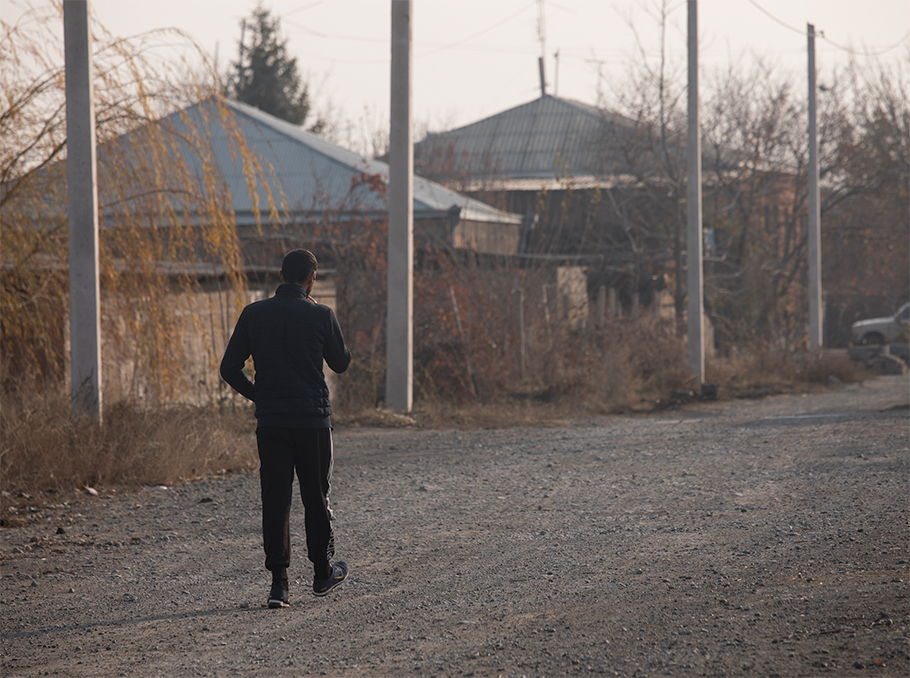
Photo: Mediamax
Mnatsakan said the life was better during the soviet years – there were a lot of plants and people had jobs, were earning money and lived well, while now the only source of income of the villager is agriculture and cattle-breeding.
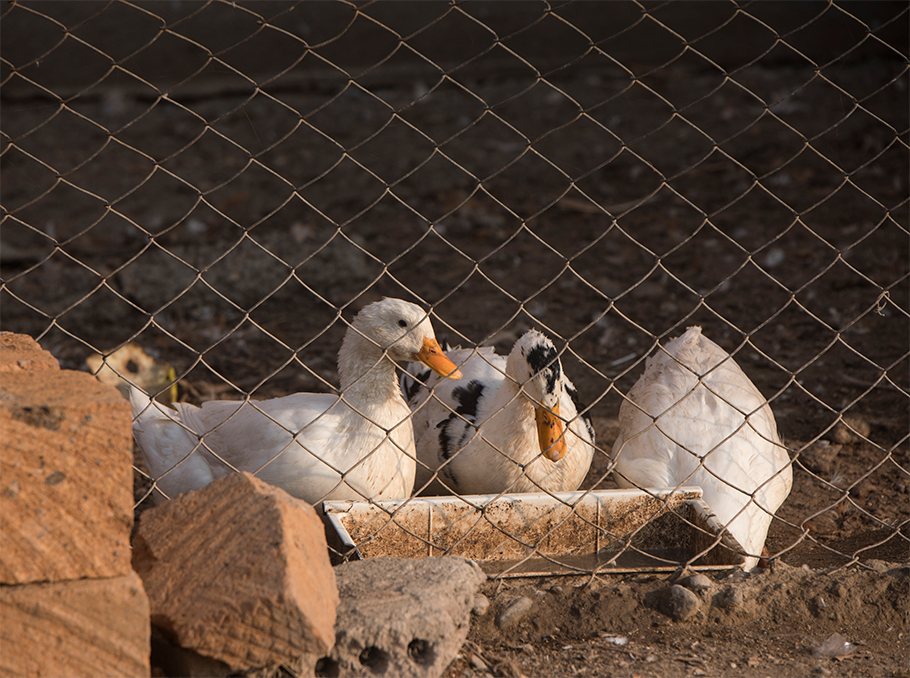
Photo: Mediamax
Rural life
Gardening, agriculture and cattle-breeding are the main occupation of the residents of Nor Armavir. The main jobs in the community with 2,000 residents, are in the school, medical point, house of culture, community center and the kindergarten.
The head of the community of Nor Armavir Artur Avetisyan says laughing that the birth rate in the community has grown to the level that they do not manage to provide the financial assistance, then adds that the deaths are not less either.
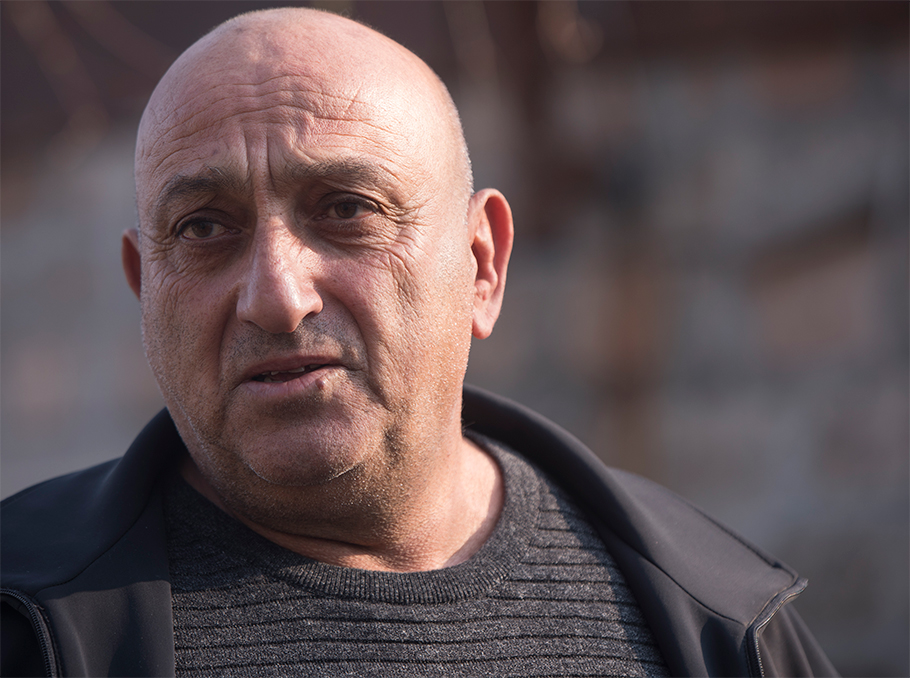 Artur Avetisyan
Artur AvetisyanPhoto: Mediamax
One of the biggest problems of the community is the lack of irrigation and drinking water.
- It is so bad that the people are simply disappointed in cultivating land. Now we are building deep wells for irrigation water, we are yet settling the electricity issues and will install transformers in spring. They should help, we will not afford it with community funds only.
I think the enlargement of communities can have a good impact in terms of settling such issues. I think everything will be fine.
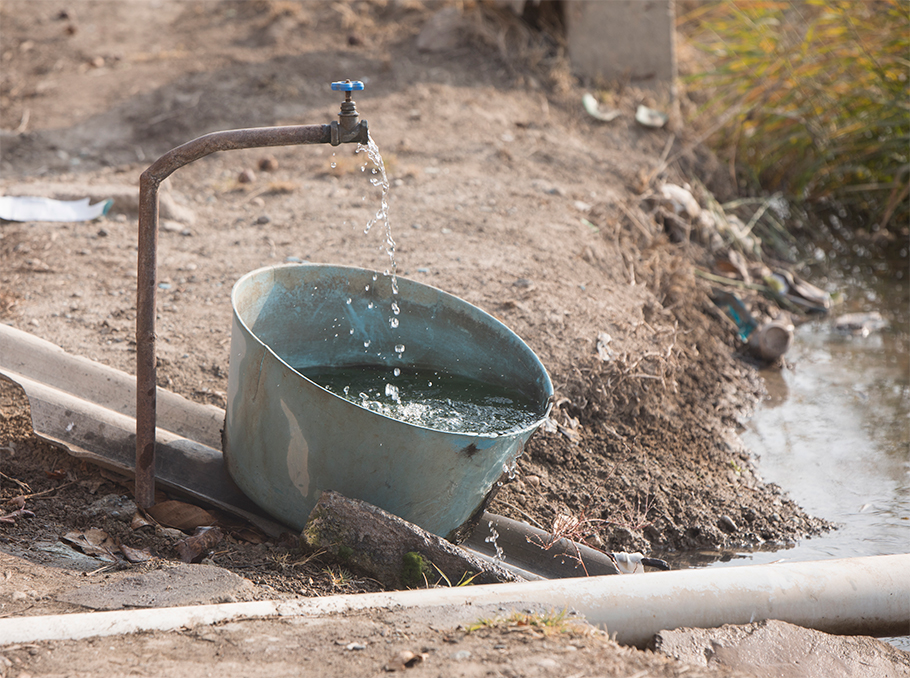
Photo: Mediamax
Artesian (underground) water is used for drinking in the village. It is not clean, but the villagers are used to it, they drink it. There are only a few houses that buy clean drinking water.
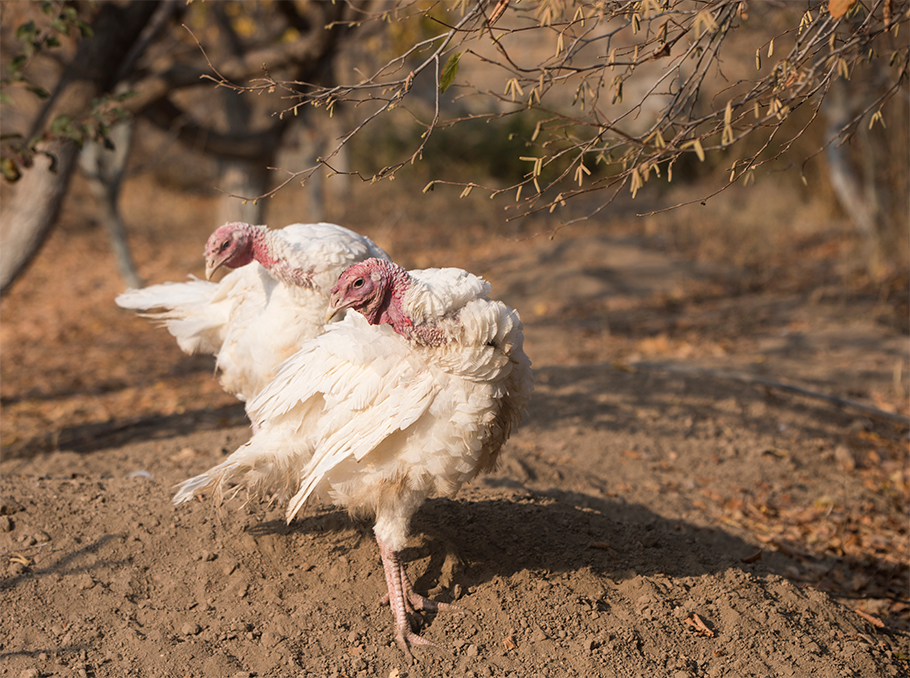
Photo: Mediamax
The villagers say that in the last few years the community has been lighted, connected to gas network, the school is already heated, they have a kindergarten, where children from neighboring villages can also attend. The school has 220 students, about 70 children attend the kindergarten.
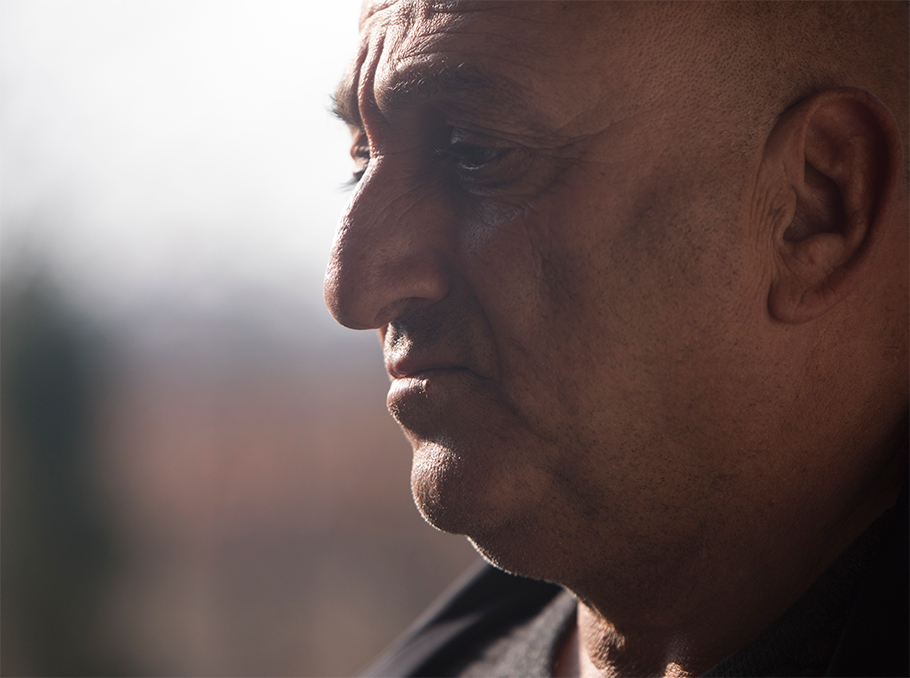 Artur Avetisyan
Artur AvetisyanPhoto: Mediamax
We are talking with Artur Avetisyan in front of the community office, then he offers to continue the conversation in a more attractive place.
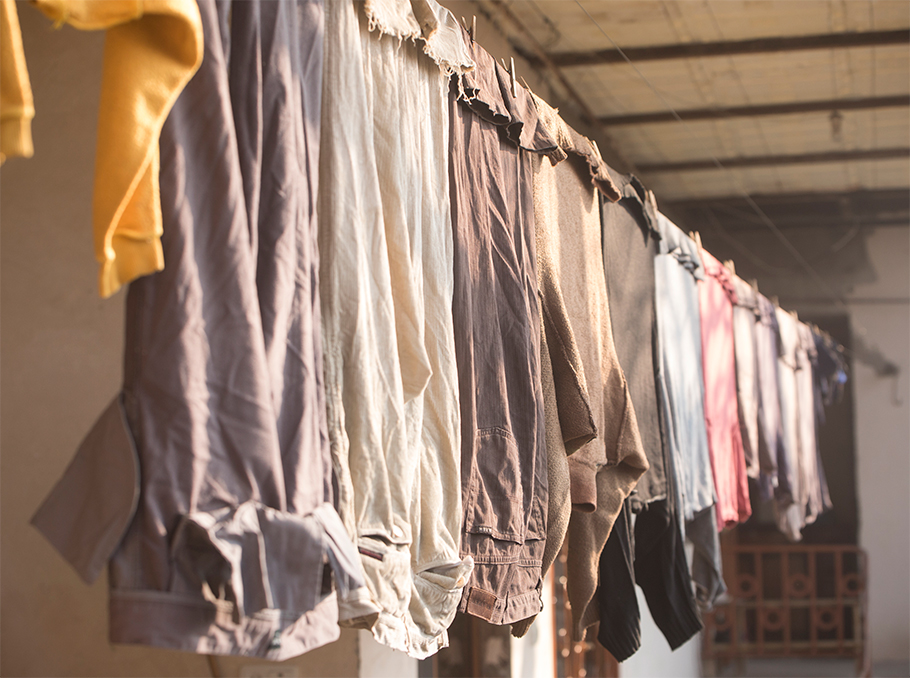
Photo: Mediamax
From the mysterious look of the community head, we understand that the place we are going to now will be full of surprises.
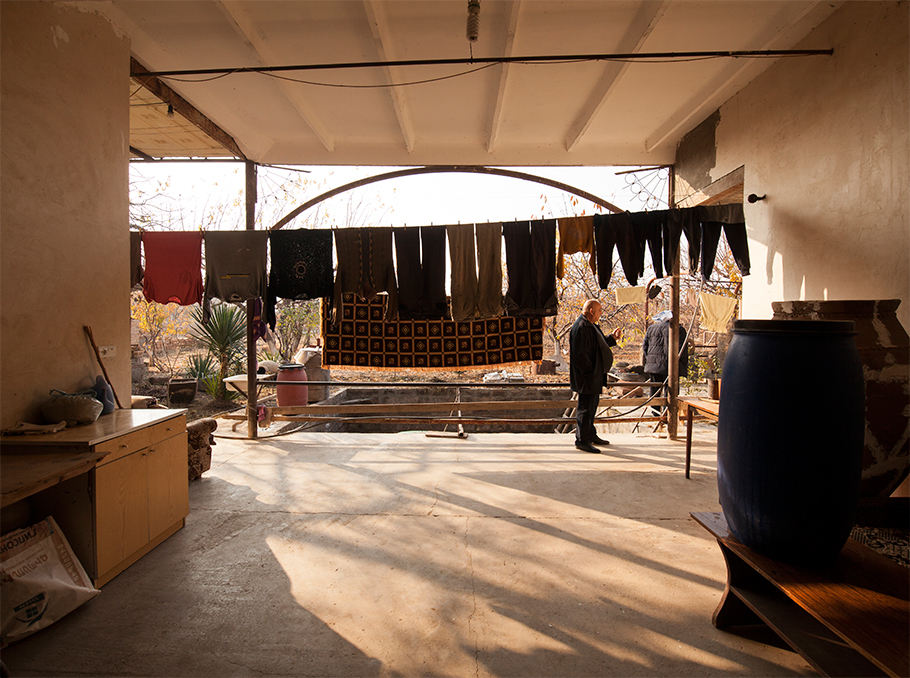
Photo: Mediamax
The house on the tombs
A cheerful young woman greets us outside the gates of the Hovhannisyans’ house, just a few hundred meters from the town of Argishtikhinili, which is considered the administrative and religious center of the Kingdom of Van. Then we see a huge pot in the scene that opened in front of us.
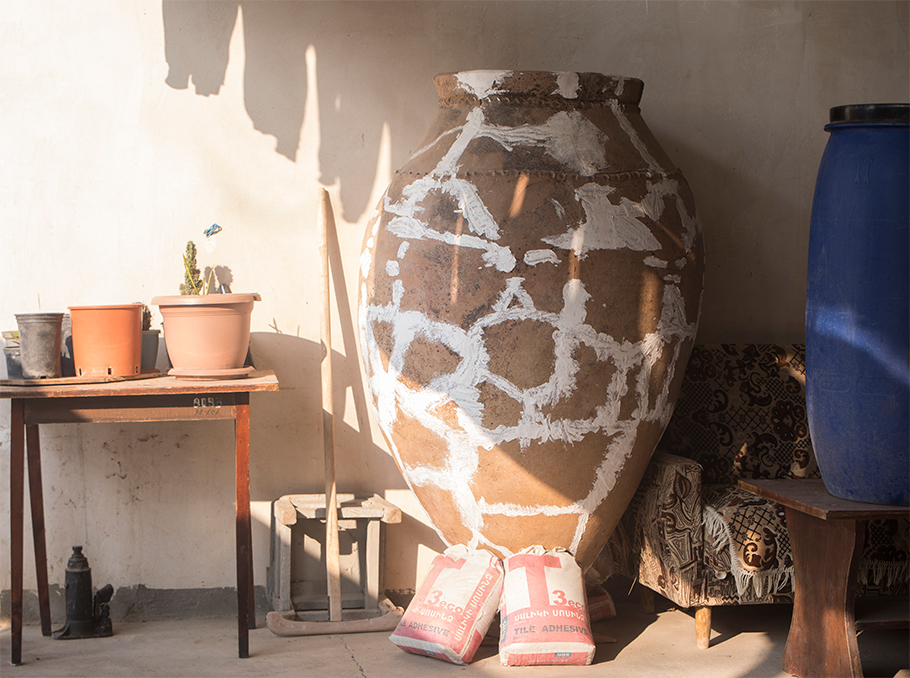
Photo: Mediamax
Araksya Karapetyan shows with great enthusiasm the findings from the yard of their house, and begins the story with her eyes shining.
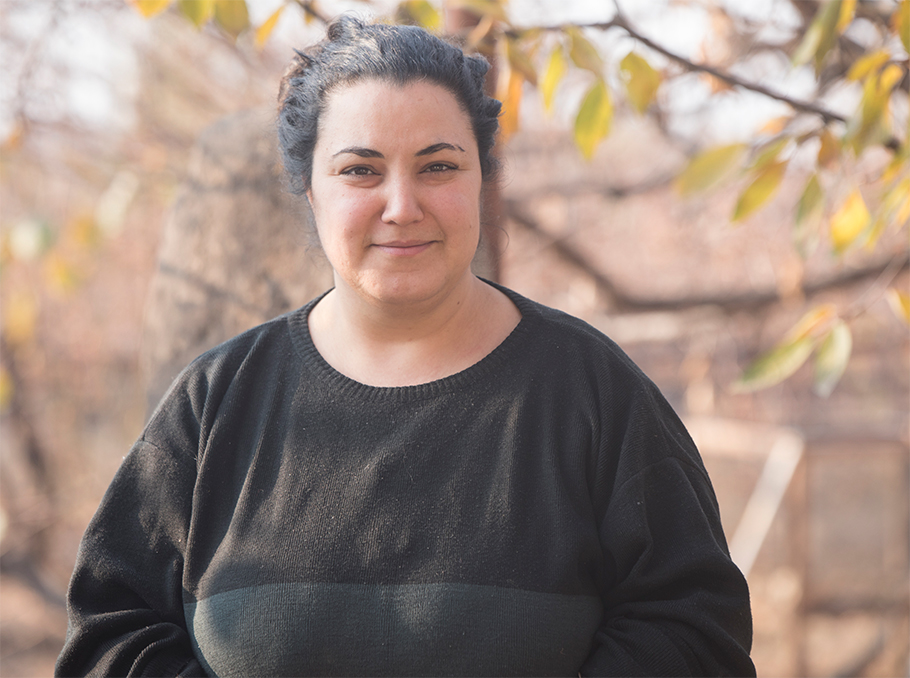 Araksya Karapetyan
Araksya KarapetyanPhoto: Mediamax
- Active excavations were underway in the area of our house for the past 5 years. Recently we wanted to build a tonratun next to our house. While digging the place for tonir we came across red stones. We immediately got in touch with the expedition that excavated the ancient site of Argishtikhinili, the excavations found a sanctuary, a residence, many burials in jars, including the burial in this large jar. With those burials, the property and jewelry of the dead were found. They took them to the Erebuni Museum, and some of our samples are now on display in the open air. Over the years, the excavation area in the yard of our house expanded, and the excavations are still going on, and we had the idea to build a guesthouse and a museum here.
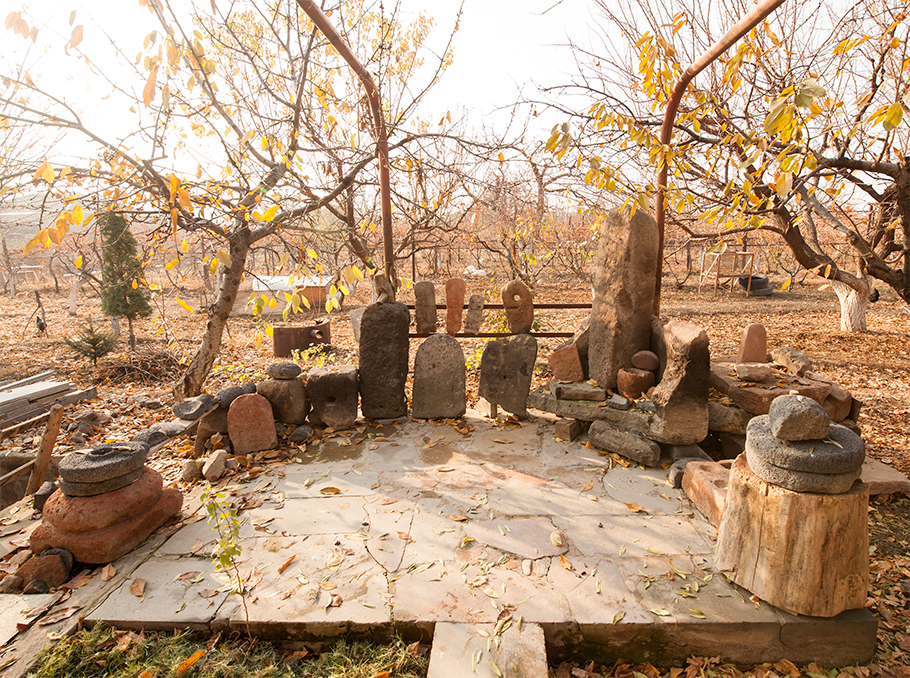
Photo: Mediamax
To bring this idea to life Araksya’s husband decided to leave for Russia to work. The head of the community Artur Avetisyan said $1million will be needed for it.
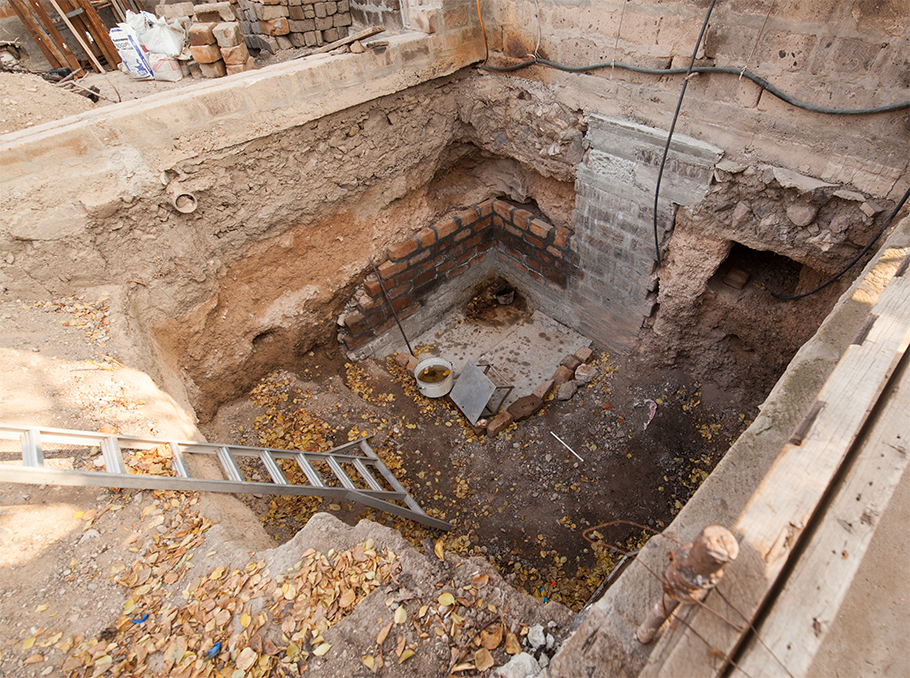
Photo: Mediamax
- If the museum and guesthouse are built the number of tourists in the village will grow and the life will immediately change. Recently a group of 50 American tourists came here, they removed garbage at the ancient site and left admired, - Artur Avetisyan said.
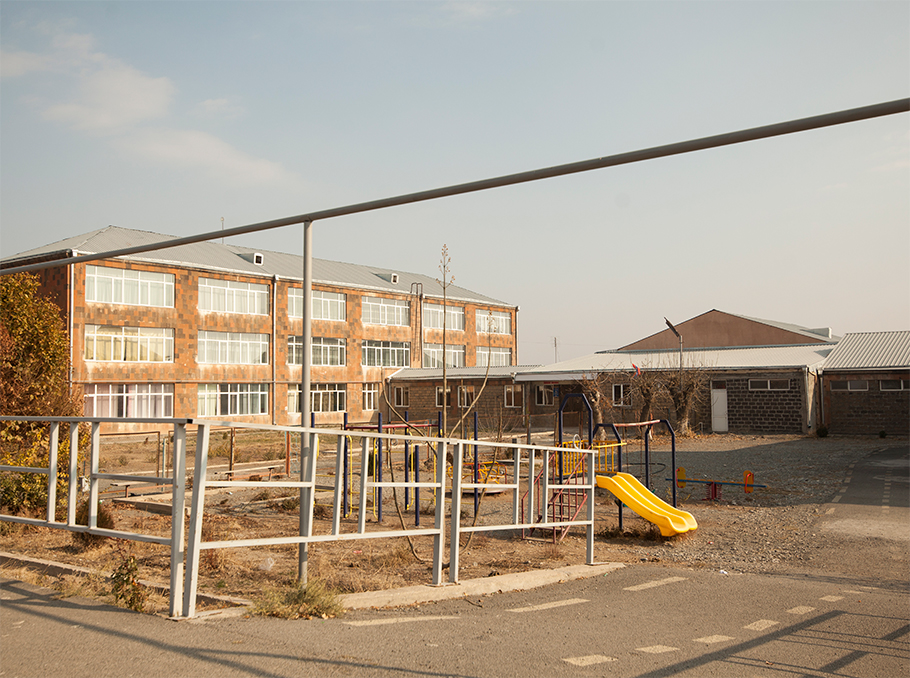 Nor Armavir school
Nor Armavir schoolPhoto: Mediamax
He adds that in 2019 the roads were asphalted which was another positive impetus. The other important thing that is missing here is guesthouses. The residents of the village have started turning their houses into guesthouses and in this regard as well high quality services should be provided. The head of the community voiced hope that the international organizations which make investments in the revitalization of rural communities will notice their community and carry out support programs.
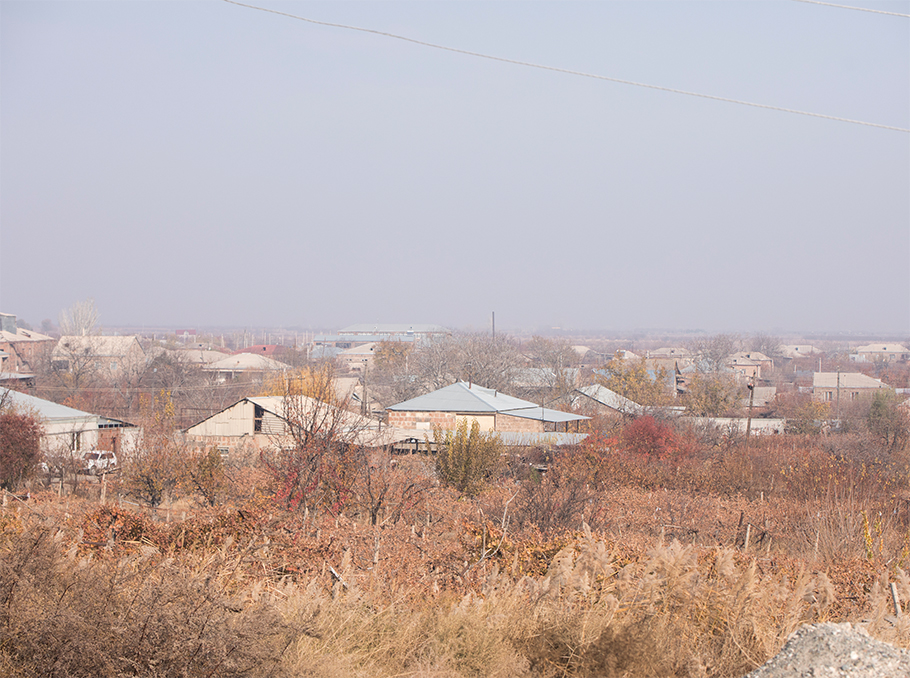
Photo: Mediamax
Araksya adds that with their example they may say how important the investments are. Last summer they tried to turn part of their house into guesthouse, hosted few tourists but to live and host guests at the same time in the same place was not so convenient and they realized that it would be more right to build guesthouse next to the house. They have applied to few organizations but could not find investments.
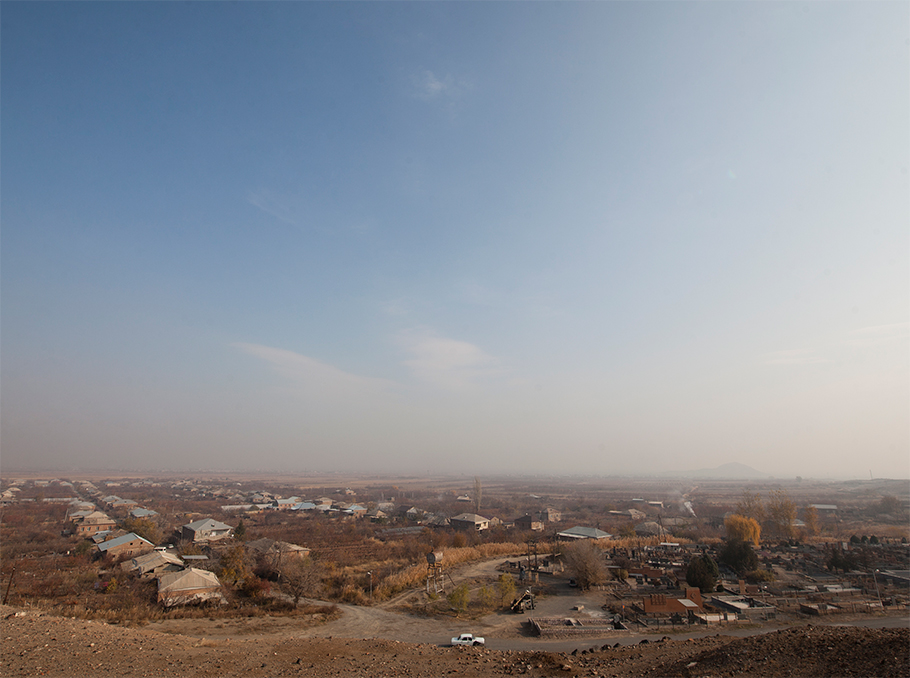
Photo: Mediamax
- In case of investments, we will present to people the ancient site of Argishtikhinili, the excavations in our yard in the form of a museum, we will surely become a tourist center and new development opportunities will open. For our family, this is not only a business, but also an opportunity to do something we love and what we are inspired with, my husband and children are very interested in archeology, they take care of everything they find.
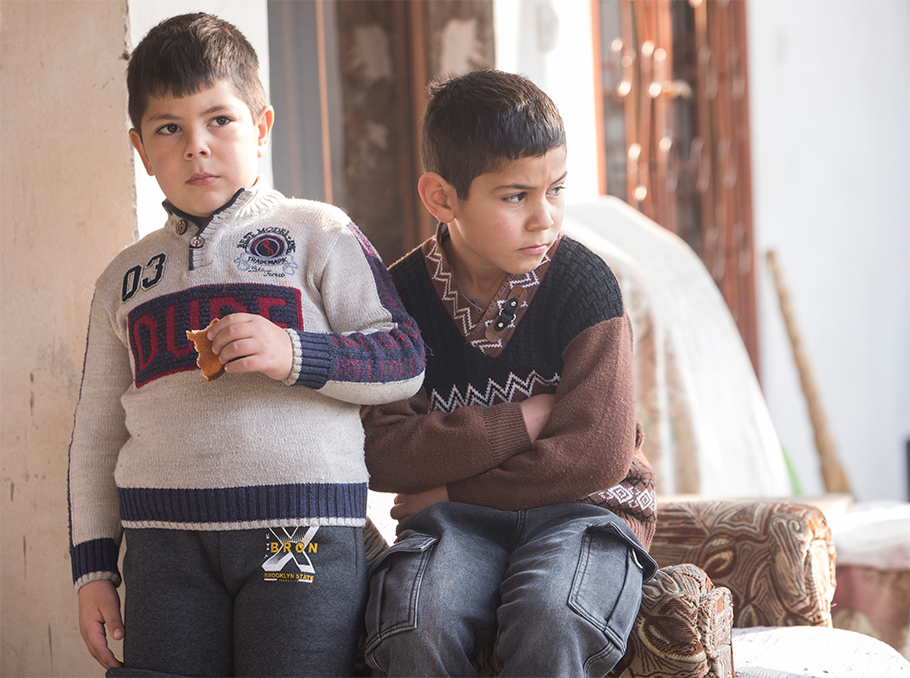 Levon and Hrayr
Levon and HrayrPhoto: Mediamax
While Araksya is speaking with us, her sons come out to the yard and confirm their mother’s words, saying that they both have decided to become archeologists. Levon and Hrayr with bright eyes tell us about the finds they have discovered in the yard.
- We really want a museum in our yard so that many people come and see all this.
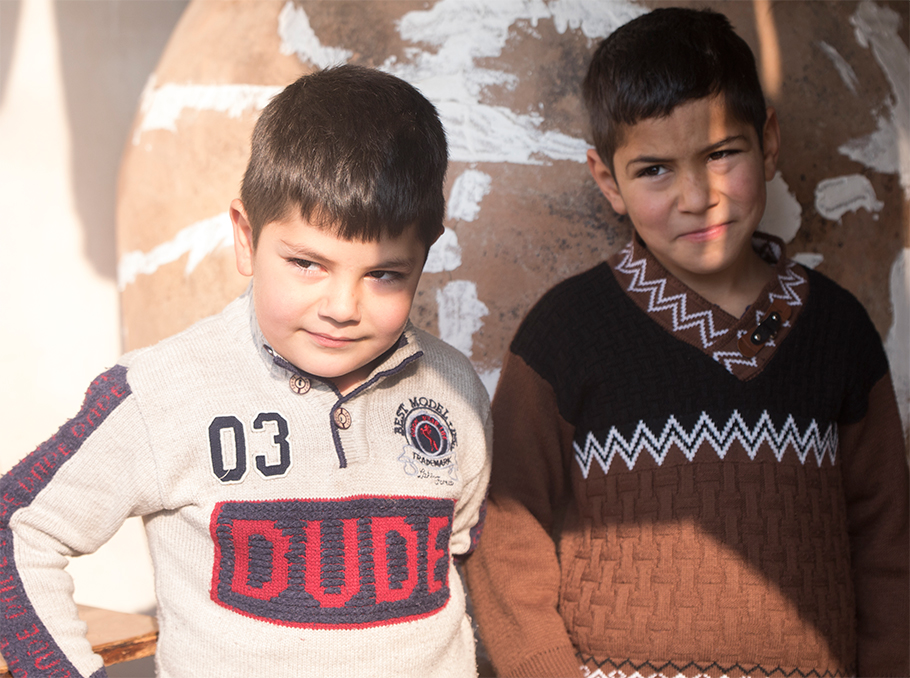 Levon and Hrayr
Levon and HrayrPhoto: Mediamax
Mausoleum
Both the Hovhannisyans’ house and other areas of Nor Armavir village cover the Argishtikhinili mausoleum where Nor Armavir expedition has been excavating since 2012.
Simon Hmayakyan, a senior fellow at the Institute of Archeology and Ethnography and leader of the New Armavir archaeological expedition, says a jar with four people was found in the Hovhannisyans’ garden in the 1980s, as well as a stone coffin (sarcophagus) where the burial was performed with a cremation ritual.
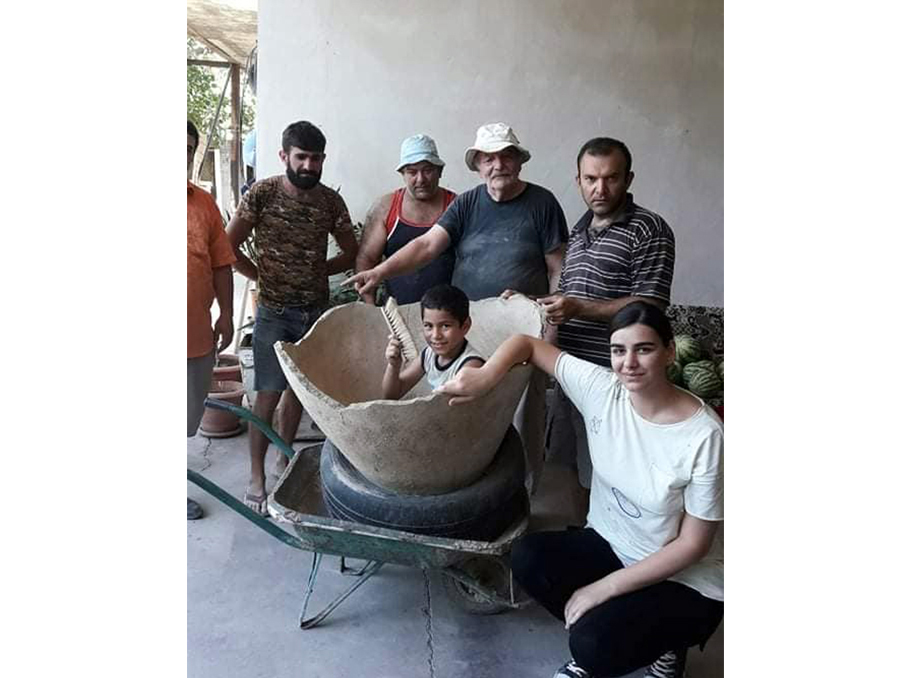 Simon Hmayakyan ՝ in the yard of Hovhannisyan’s house
Simon Hmayakyan ՝ in the yard of Hovhannisyan’s housePhoto: Mediamax
- The cremated person was wearing clothes and jewelry, we have discovered them burnt. Already the next generation of Hovhannisyan family found materials in their garden and informed us. Since 2012 numerous constructions were excavated in their garden.
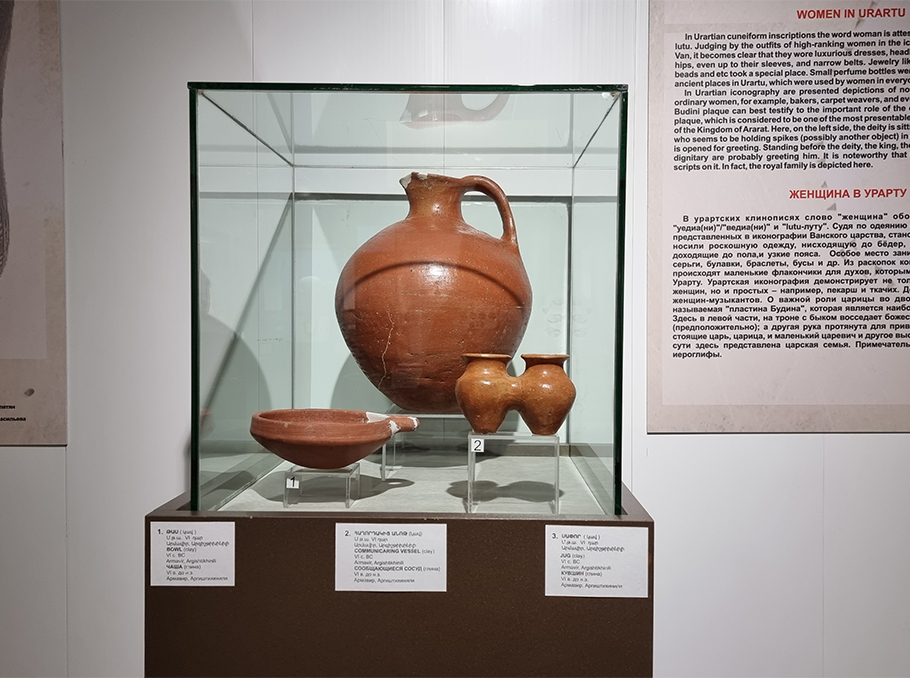 From exhibition in Erebuni Museum
From exhibition in Erebuni MuseumPhoto: Mediamax
Burials with different rituals in the territory of New Armavir were confirmed: cremation, dismemberment, etc. Each of them has its own interpretation related to the beliefs of the population, ethnic belonging. Studies of cuneiform inscriptions and archeological material also provide an opportunity to determine who lived in Argishtikhinili and what kind of household they had. The inhabitants were brought from the south-west of the highlands, most likely, they were mainly Armenian-speaking people.
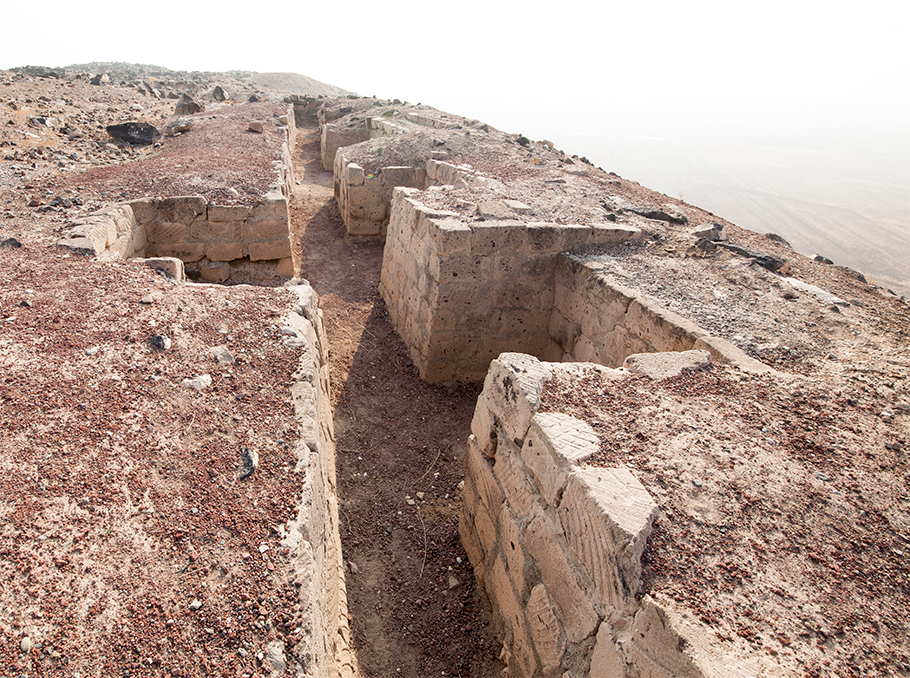 In Argishtikhinili
In Argishtikhinili Photo: Mediamax
- I can say that King Argishti I paid great attention to the town, its residents, rituals, worshipping.
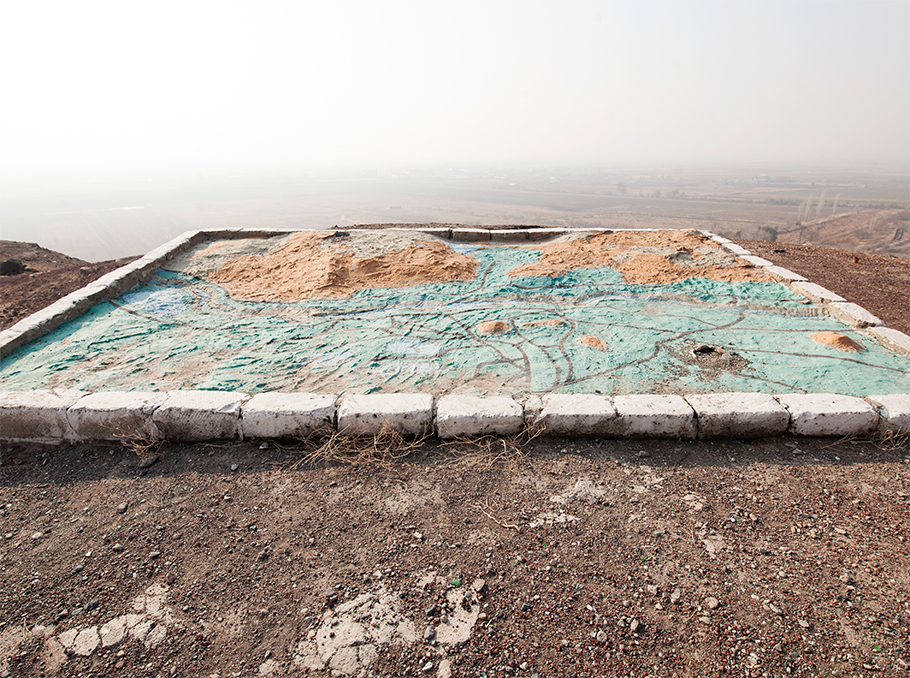 In Argishtikhinili
In Argishtikhinili Photo: Mediamax
Simon Hmayakyan says all the discovered materials are handed over to the Erebuni Museum where an exhibition was conducted based on the materials found in Levon’s (Hovhannisyan) garden from number 3 site of the ancient site.
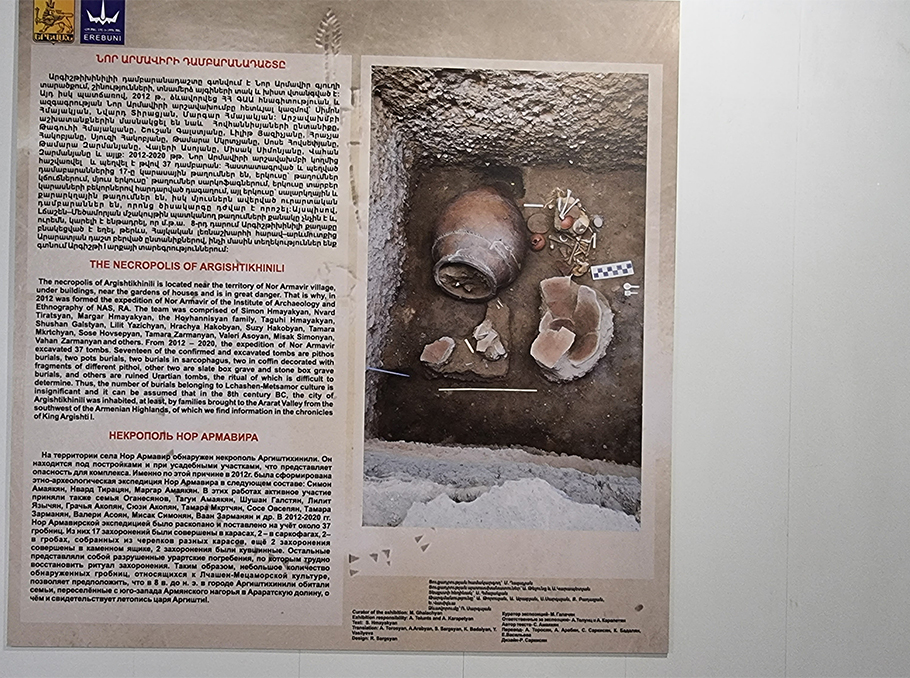 From exhibition in Erebuni Museum
From exhibition in Erebuni MuseumPhoto: Mediamax
Life between new and old
On the way to Argishtikhinili Fortress on St. David’s Hill is the community cemetery, the pantheon built for those killed during the last NK war and the chapel built in recent years.
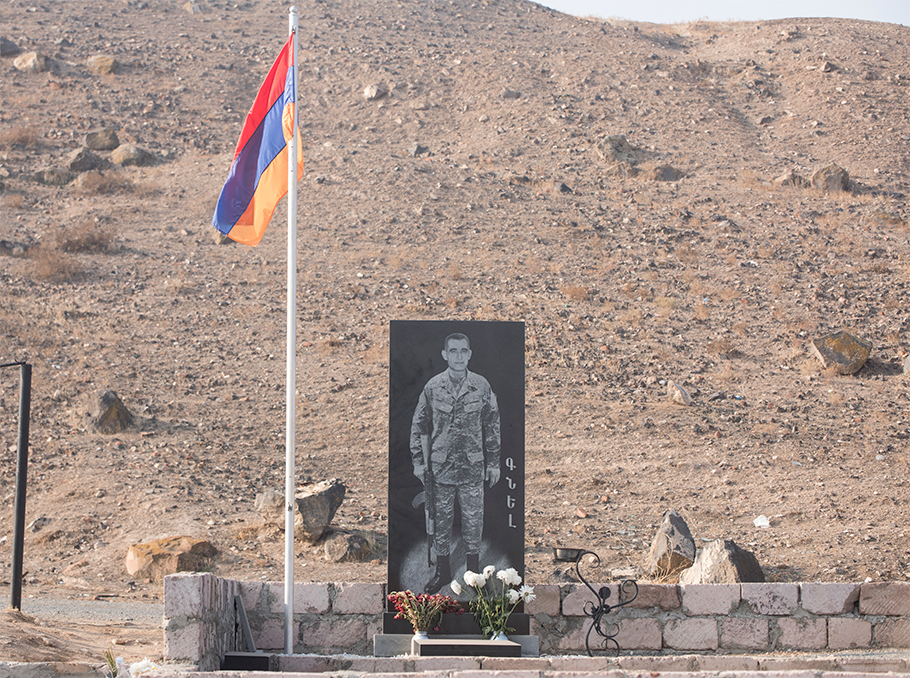
Photo: Mediamax
The man in military clothes, seeing us, comes forward.
- My grandparents came from Western Armenia. The village was founded by three or four families. They were hard-working people, they built these places. Now too it is a good village, a united one. Yezidis and Armenians live here, - says Yeghia Ansuryan, whose late wife was an Assyrian. He says that he taught physics at school for 43 years, has children, the two sons live in Russia, the daughter is in Yerevan. He says that now he is helping the community head, watching and taking care of the area around the cemetery.
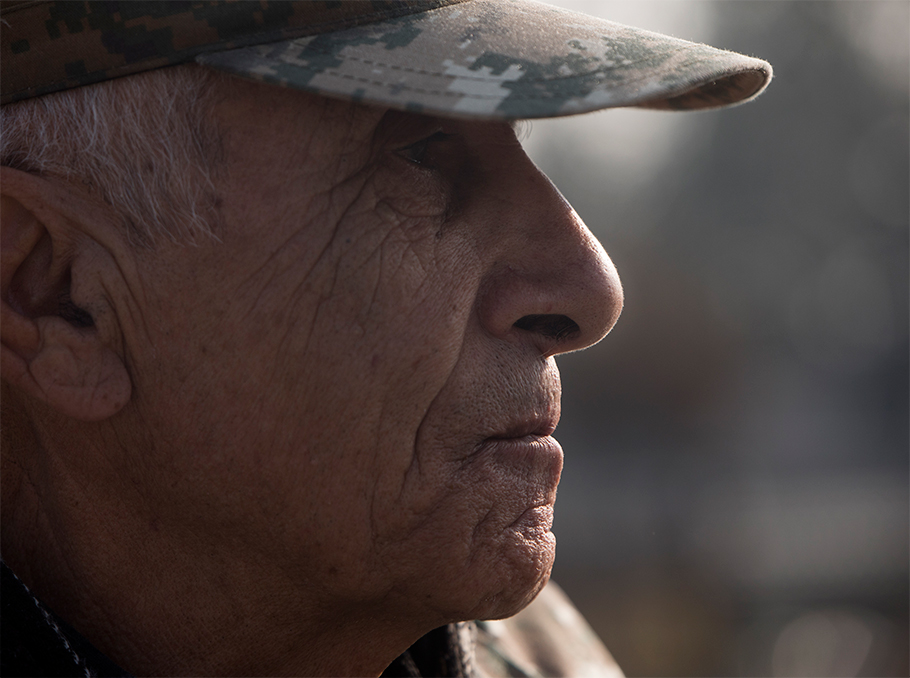 Yeghia Ansuryan
Yeghia AnsuryanPhoto: Mediamax
A bit later Yeghia shows with his look the ancient site and says that he remembers very well with what enthusiasm the archeologists were doing the excavations.
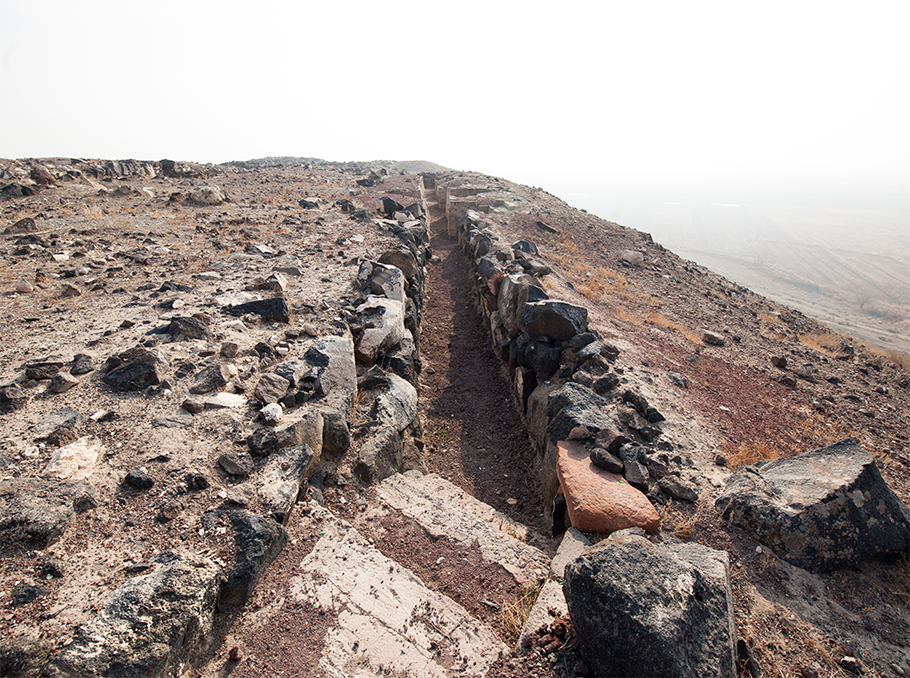 In Argishtikhinili
In Argishtikhinili Photo: Mediamax
- The western fortress of Argishtikhinili, located on St. David’s Hill, is one of the most remarkable ancient sites in Armenia. The excavations have been carried out here since the 1960s led by Harutyun Martirosyan, and then they continued by an expedition led by Rafael Torosyan, - says Simon Hmayakyan, who was also a member of those expeditions.
 In Argishtikhinili
In Argishtikhinili Photo: Mediamax
Excavations have revealed that the area of the fortress was still inhabited in the 4th-3rd millenniums BC, then a Late Bronze-Early Iron Age fortress-settlement was formed there, and after that, already in the period of Urartu the old fortress was “cleaned” and instead the western fortress of the Argishtikhinili town was built.
 Simon Hmayakyan
Simon Hmayakyan Photo: Mediamax
In the period of Urartu Argishtikhinili was built during the reign of Argishti I and Sarduri II kings. Argishtikhinili was town with two fortresses, one of which was on St. David Hill and the other on Armavir Hill.
 From exhibition in Erebuni Museum
From exhibition in Erebuni MuseumPhoto: Mediamax
- A palace and a reservoir were built. Argishti I built canals to irrigate the nearby lands. More than 20 religious structures were established in the town of Argishtikhinili, that is, in addition to being an administrative center, it was also a powerful religious center. Excavations also opened fences, a palace building, several buildings, a sewer. It is interesting that the square was paved with small stones.
 From exhibition in Erebuni Museum
From exhibition in Erebuni MuseumPhoto: Mediamax
As a result of studies, the archaeologists have been able to get a very good picture of the town. St. David Hill, as Simon Hmayakyan says, flourished during the Bagratuni period. There were very rich and hard-working people in the village for about 200-300 years, which was destroyed during the Mongol invasions. This hill is still a place of pilgrimage. Armavir Hill had an interesting life in the post-Urartian period, when it became the capital of the Yervanduni Kingdom.
 From exhibition in Erebuni Museum
From exhibition in Erebuni MuseumPhoto: Mediamax
- Though the temple was not found in Argishtikhinili, on the Armavir Hill, a temple named Susi dedicated to the God Khaldi was found. In the Hellenistic period it was rebuilt as a temple of the Sun and the Moon. Later a church was built there. It was a place of pilgrimage until 1936.
 From exhibition in Erebuni Museum
From exhibition in Erebuni MuseumPhoto: Mediamax
In the territory between these two hills, in 2020 the New Armavir expedition discovered a religious structure.
 In Argishtikhinili
In Argishtikhinili Photo: Mediamax
Before saying goodbye: hard life and the way to live well
While leaving the village, the car passes by the house, in front of which a middle-aged woman is sweeping the street. A little later we are already in their yard.
 Marine and Jemma
Marine and JemmaPhoto: Mediamax
- I was born in the neighboring village, I married and came here 32 years ago. Now two of us live in the house – me and my mother-in-law, - Marine says, calling out her mother-in-law Jemma.
 Jemma
JemmaPhoto: Mediamax
77-year-old Jemma says she had a difficult life, her husband died early, and she and her mother-in-law raised 5 children.
- I have not understood anything from my life. Now too the life is not easy.
 Marine
MarinePhoto: Mediamax
Marine says she has two children, a daughter and a son. Her daughter is married, lives in Yerevan, and her son is in Russia.
- My husband, like his father, died early, for already 5 years my son is taking care of the house. He went to work abroad as we were in need. Most of the young people in our village work abroad, during the summer months you will see only elderly people in the village. My husband was working abroad too, he could not even come to daughter’s last bell and send his son to the army.

Photo: Mediamax
The car moves, leaving behind the “New Armavir” sign and the last words hovering in the air, which Marine tells us before saying goodbye: “If they create jobs and factories, the situation in the villages will not be so bad, and our children will live and work near us.”
Marie Tarian
Photos by Elen Gasparyan
The current article was produced with UNFPA support. The views expressed in this article are solely of the authors and do not necessarily represent those of UNFPA. ![]()
#demogaphicresilience



























































Comments
Dear visitors, You can place your opinion on the material using your Facebook account. Please, be polite and follow our simple rules: you are not allowed to make off - topic comments, place advertisements, use abusive and filthy language. The editorial staff reserves the right to moderate and delete comments in case of breach of the rules.